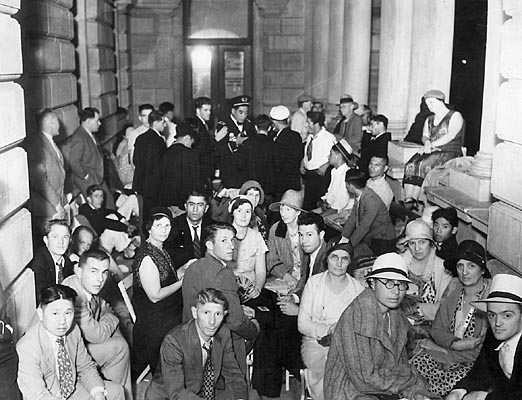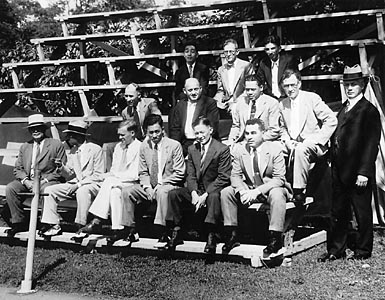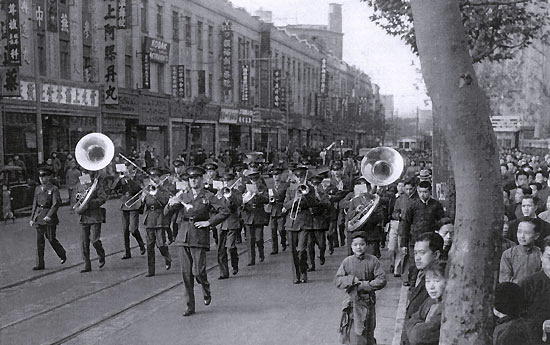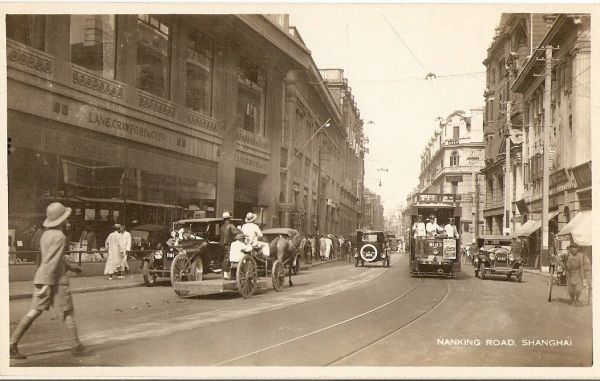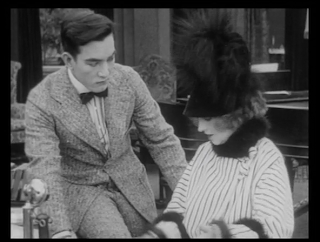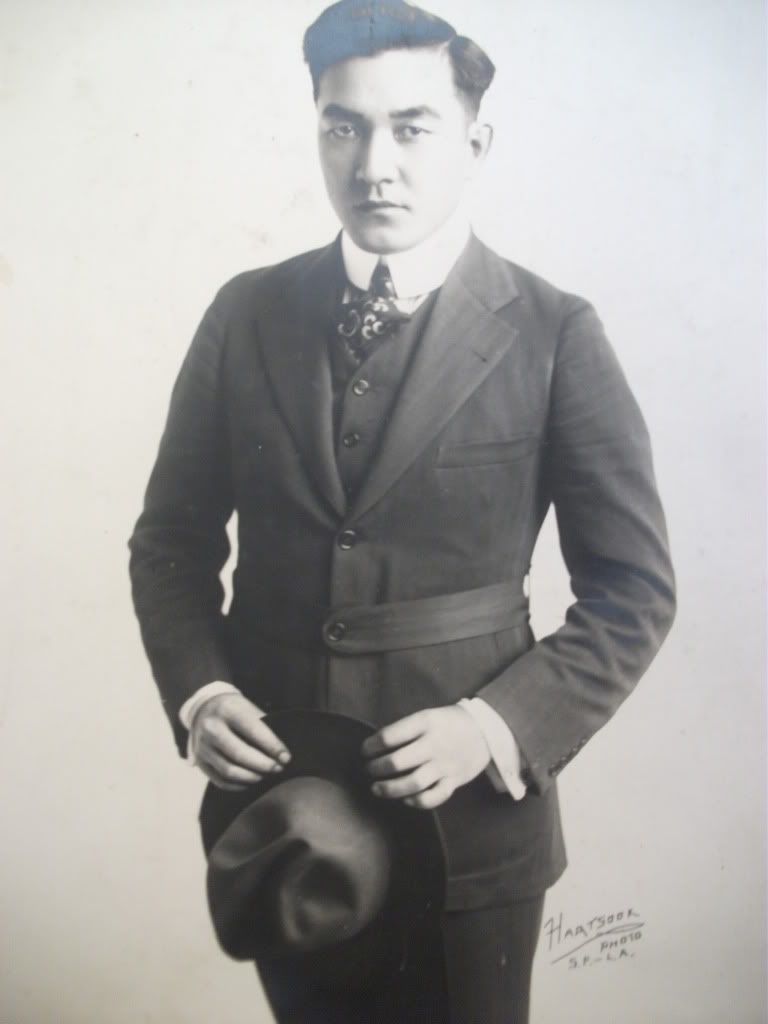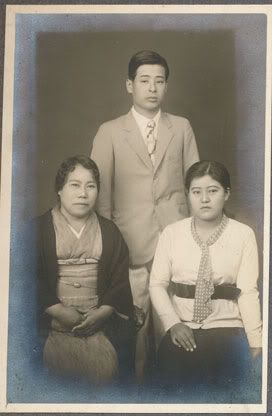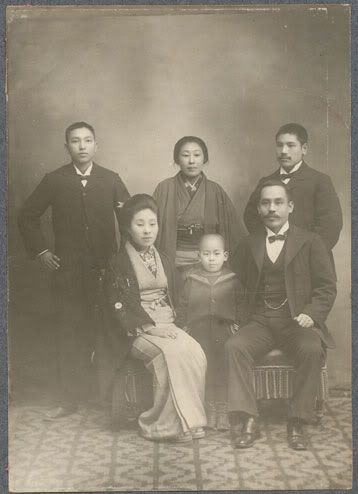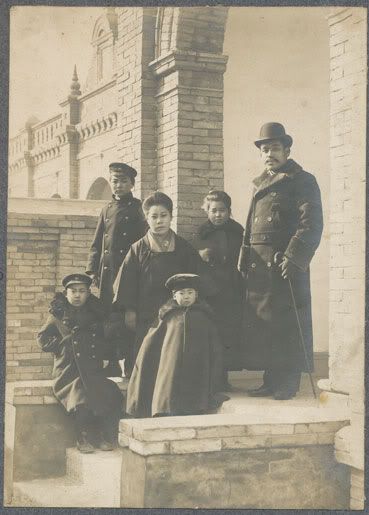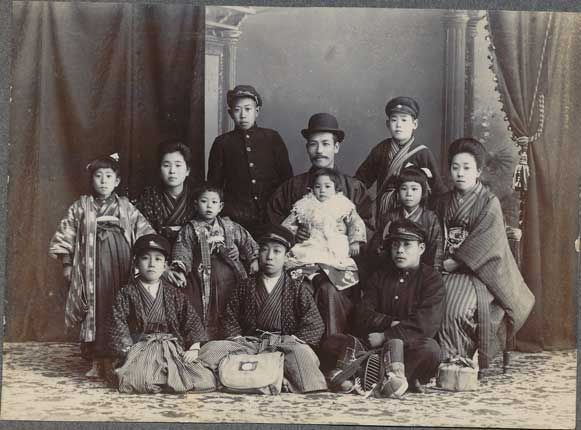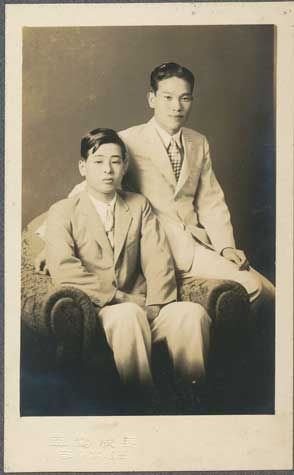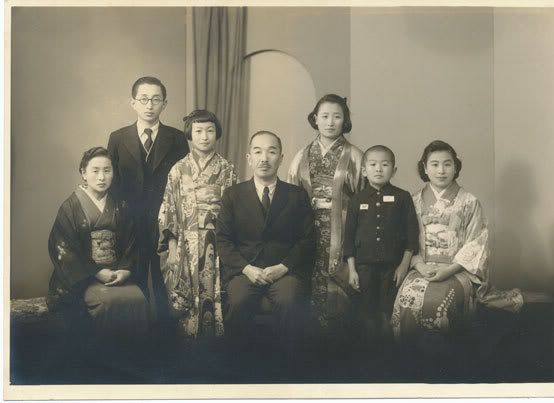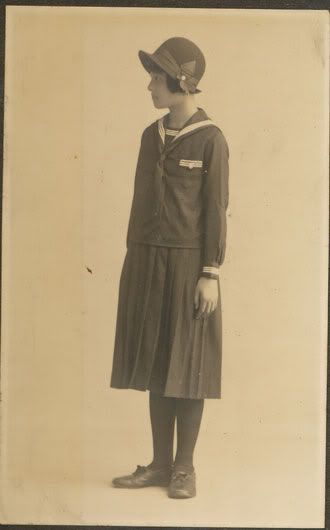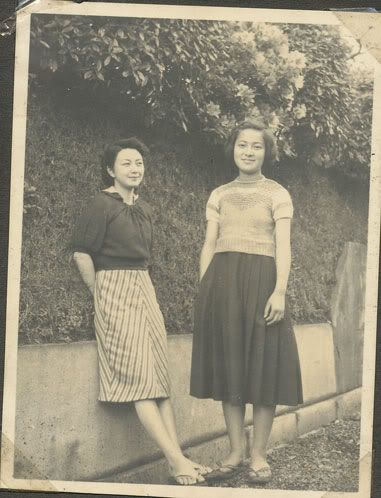Propeller Planes
New in Town
- Messages
- 18
- Location
- Australia
Hi all
I thought I'd come out of the shell and ask this query as I'm pretty new to adopting and collecting vintage styles of clothing, but it is very appealing and something I'd like to get into!
I'm a young fella, of Asian descent living in Australia. I'd like to know if the vintage Golden Era style of clothing ever made any influence over in Asia, particularly in nations with moden western influences like Japan and Singapore, and if so, was any distinct local style ever formed from it, or did they directly adopt the western style of clothing, like the suits and Fedoras and the like.
I've tried doing some research and looking for photographs, but to no success. I don't know where to begin with my research and hoping you kind folks may be able to point me in the right direction!
The main objective is for me to start collecting items of vintage clothing that I can wear for functions and the like, that would come close to replicating what folks of my race would have worn in that era.
Many thanks for any help provided!
I thought I'd come out of the shell and ask this query as I'm pretty new to adopting and collecting vintage styles of clothing, but it is very appealing and something I'd like to get into!
I'm a young fella, of Asian descent living in Australia. I'd like to know if the vintage Golden Era style of clothing ever made any influence over in Asia, particularly in nations with moden western influences like Japan and Singapore, and if so, was any distinct local style ever formed from it, or did they directly adopt the western style of clothing, like the suits and Fedoras and the like.
I've tried doing some research and looking for photographs, but to no success. I don't know where to begin with my research and hoping you kind folks may be able to point me in the right direction!
The main objective is for me to start collecting items of vintage clothing that I can wear for functions and the like, that would come close to replicating what folks of my race would have worn in that era.
Many thanks for any help provided!






